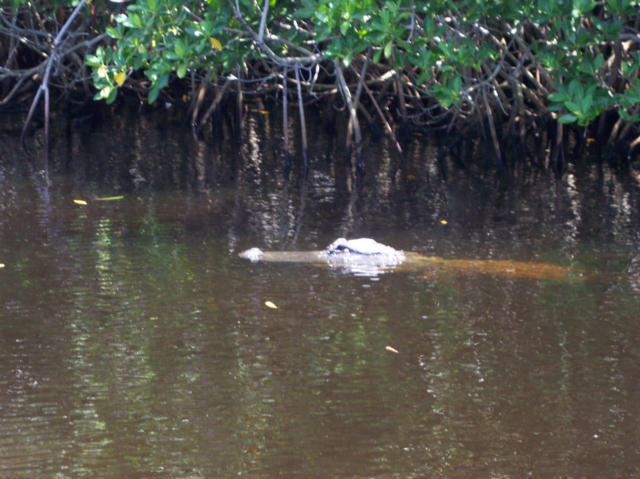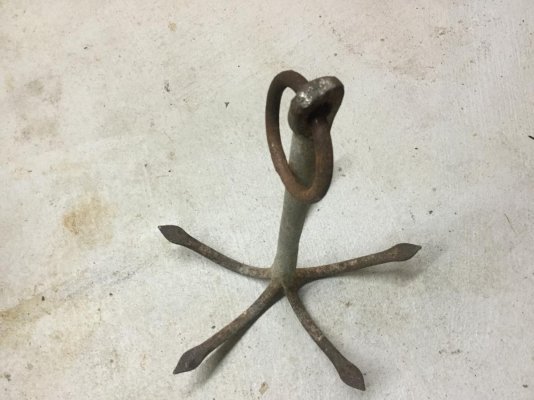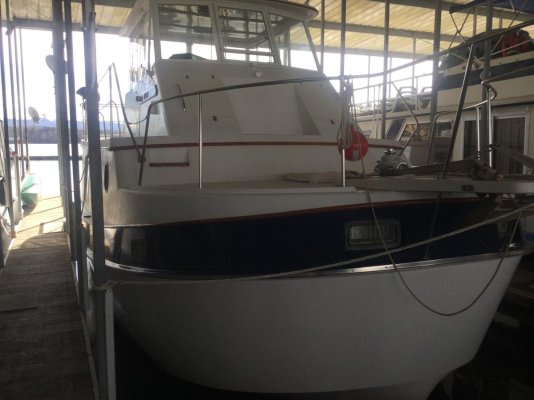- Joined
- Apr 15, 2008
- Messages
- 13,731
- Location
- California Delta
- Vessel Name
- FlyWright
- Vessel Make
- 1977 Marshall Californian 34 LRC
Al, sounds like lots of effort unless one had a high suspicion of an anchor hang-up.
I'm not worried, but I'm a self admitted belt and suspenders guy. I love redundancy. I also have a 50 ft length of poly on my rode's tag end...just in case it ever gets thrown over without a float. Just coverin' my bases.



